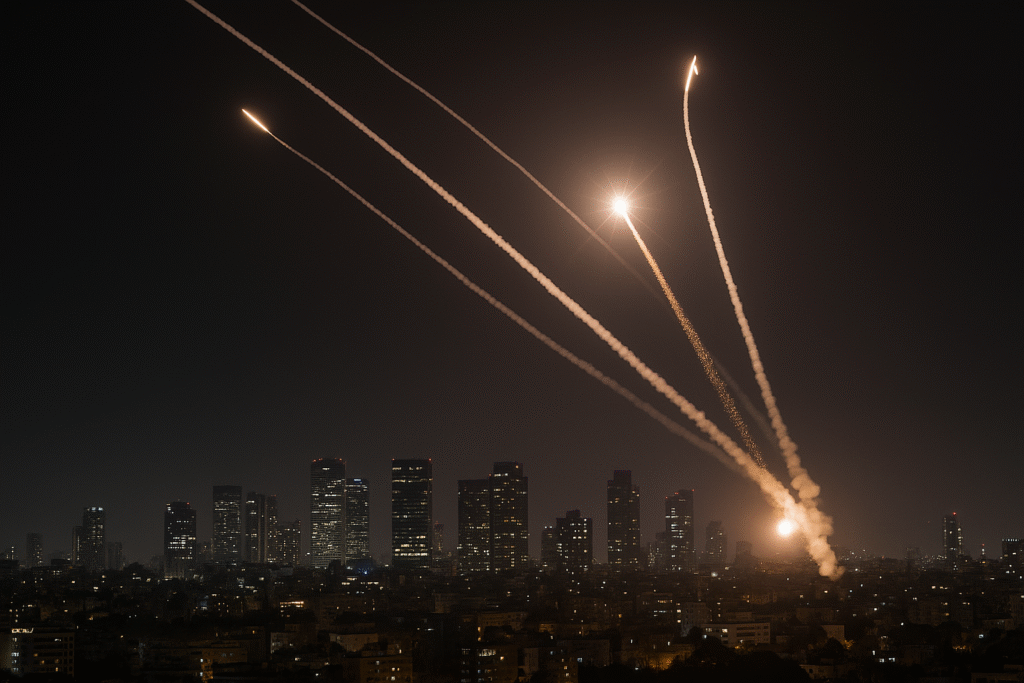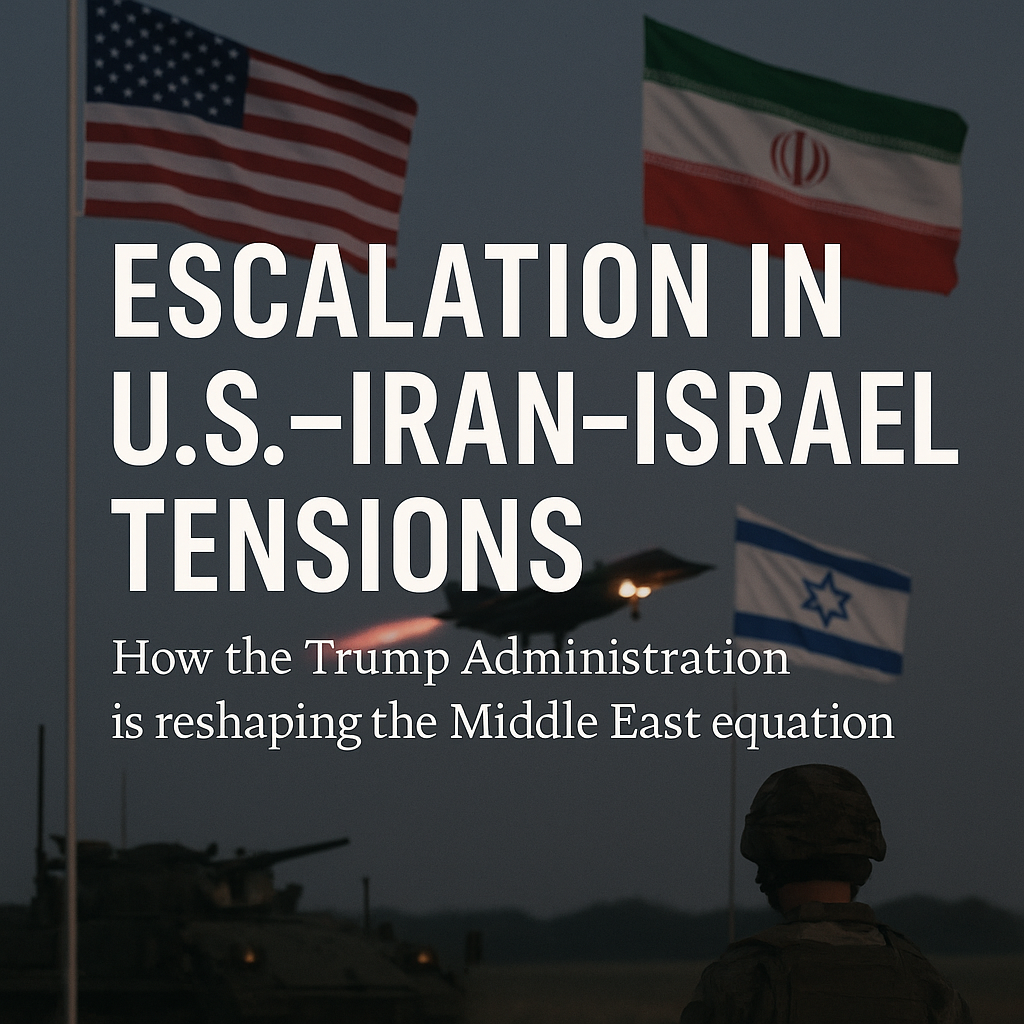June 13–15: Israel–Iran Conflict Escalates Sharply
Jun 13: Iran launched a significant missile and drone barrage targeting Jerusalem and Tel Aviv in retaliation for an Israeli strike on Iran’s Natanz nuclear site, killing high-ranking military and scientific leaders (reuters.com).
Jun 14–15: Israel expanded airstrikes across Iran, targeting nuclear and military infrastructure. Iran responded with missiles that penetrated Israeli air defenses, resulting in civilian and infrastructure damage on both sides (apnews.com).
Casualties & Impact: At least 138 Iranians (including children) and 13 Israelis killed, hundreds injured, energy infrastructure damaged, and stock markets in the Gulf plunging amid geopolitical uncertainty (reuters.com).
Diplomatic Flashpoint: The U.S.-brokered nuclear talks were suspended, while leaders like Netanyahu warned of continued military operations. China’s UN envoy condemned the strikes, urging restraint .
June 11–15: Military Deployment Amid California Protests
Jun 7–11: A series of immigration-enforcement raids in Los Angeles triggered protests spanning multiple cities. California mobilized the National Guard and Marines under the federal government’s “immigration enforcement” orders (reuters.com).
Jun 11–12: Downtown LA saw a citywide curfew, protests remained mostly peaceful but tensions escalated with detentions and minor clashes (apnews.com).
Jun 13–15: Although a federal judge temporarily ordered GA oversight reverted to the state, the appeal put deployments on hold. Protests persisted but were more contained; federal and state authorities prepared for further unrest .
Current International Landscape
Middle East:
This spiral of action and counteraction is the most dangerous flare-up since 2023. With nuclear facilities targeted, markets rattled, and diplomacy paused, the risk of broader regional escalation has never been greater.
U.S. Domestic Stability:
The use of military forces in metropolitan protest responses highlights ongoing polarization and governance stress in the U.S. While protests remain mostly calm, the underlying tensions persist—and legal battles over state vs. federal authority continue.
Final Assessment:
- Tense and Diverging Crises: Both global and domestic theaters are experiencing simmering volatility.
- Short-Term Risks: Escalation could trigger secondary conflicts—energy shocks, supply chain disruptions, civic unrest.
- Watchpoints:
- Negotiations: Will diplomatic efforts resume (e.g. nuclear negotiations with Iran)?
- Policy Shifts: How will U.S. authorities balance enforcement and civil liberties?
This snapshot aims to arm you with clarity on how today’s top headlines—military actions in the Middle East and domestic protests in California—aren’t isolated events, but symptoms of wider political and security tensions.


